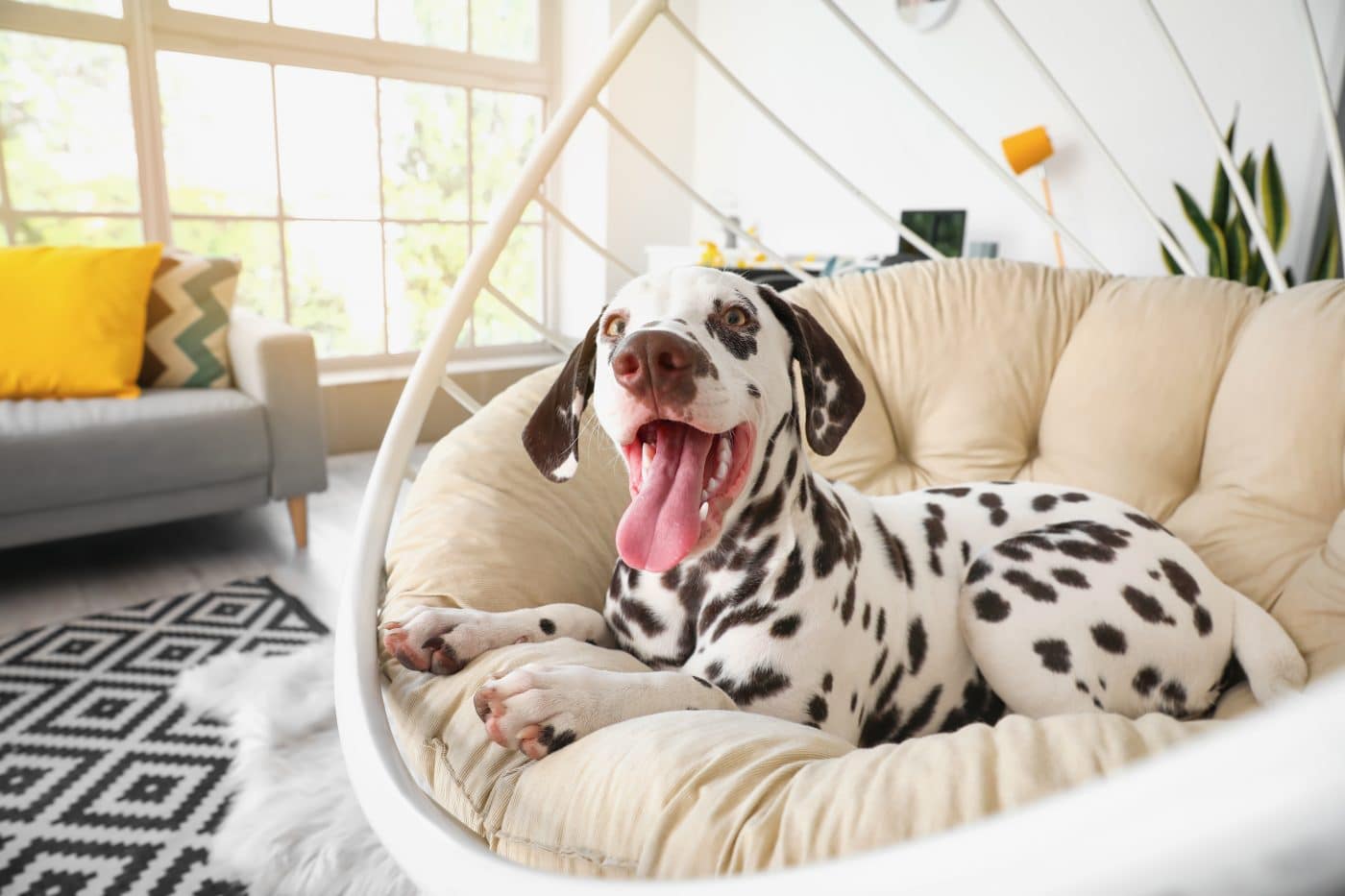 Shutterstock
Shutterstock
Throughout history, dogs have done more than guard homes or herd sheep—they’ve also been symbols of fortune, prosperity, and divine protection in cultures worldwide. While black cats might get a bad rap, these pups were seen as furry little four-legged lucky charms. In ancient temples, royal courts, and sacred shrines, these breeds weren’t just pets but omens of good things to come. Some were believed to keep away evil spirits, others brought prosperity to their households, and a few were even worshipped like divine beings (as they thought they deserved).
Shih Tzu
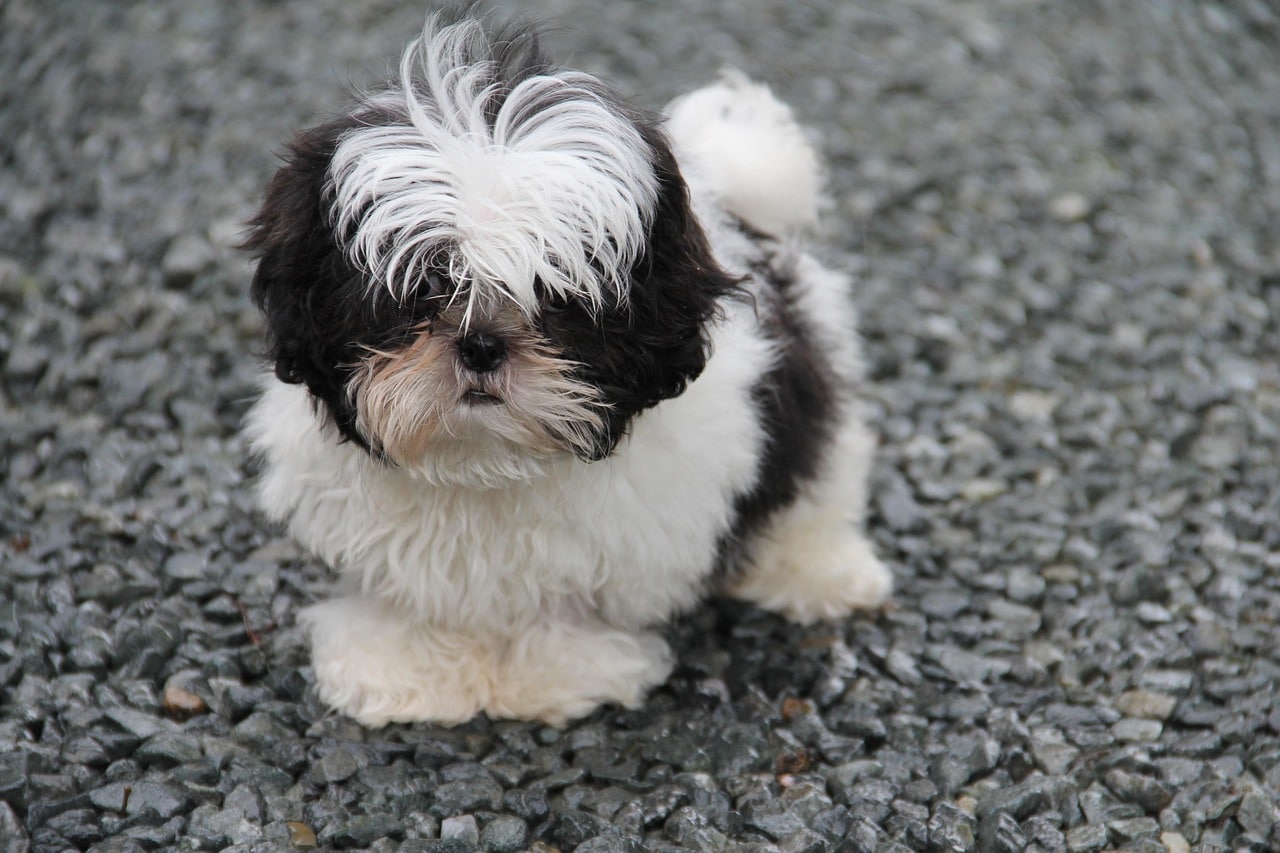 Shutterstock
Shutterstock
Originating in China and Tibet, the Shih Tzu was believed to be a symbol of luck, royalty, and divine blessing. Often referred to as the “Lion Dog,” this breed was associated with Buddhist mythology and thought to resemble the sacred lions that protected temples. Chinese emperors considered them living treasures, and owning one was believed to bring fortune and peace to the household. With their flowing manes and regal attitudes, they didn’t just act like royalty—they were treated like it. If your Shih Tzu has ever refused to sit anywhere but a velvet pillow, now you know why.
Pekingese
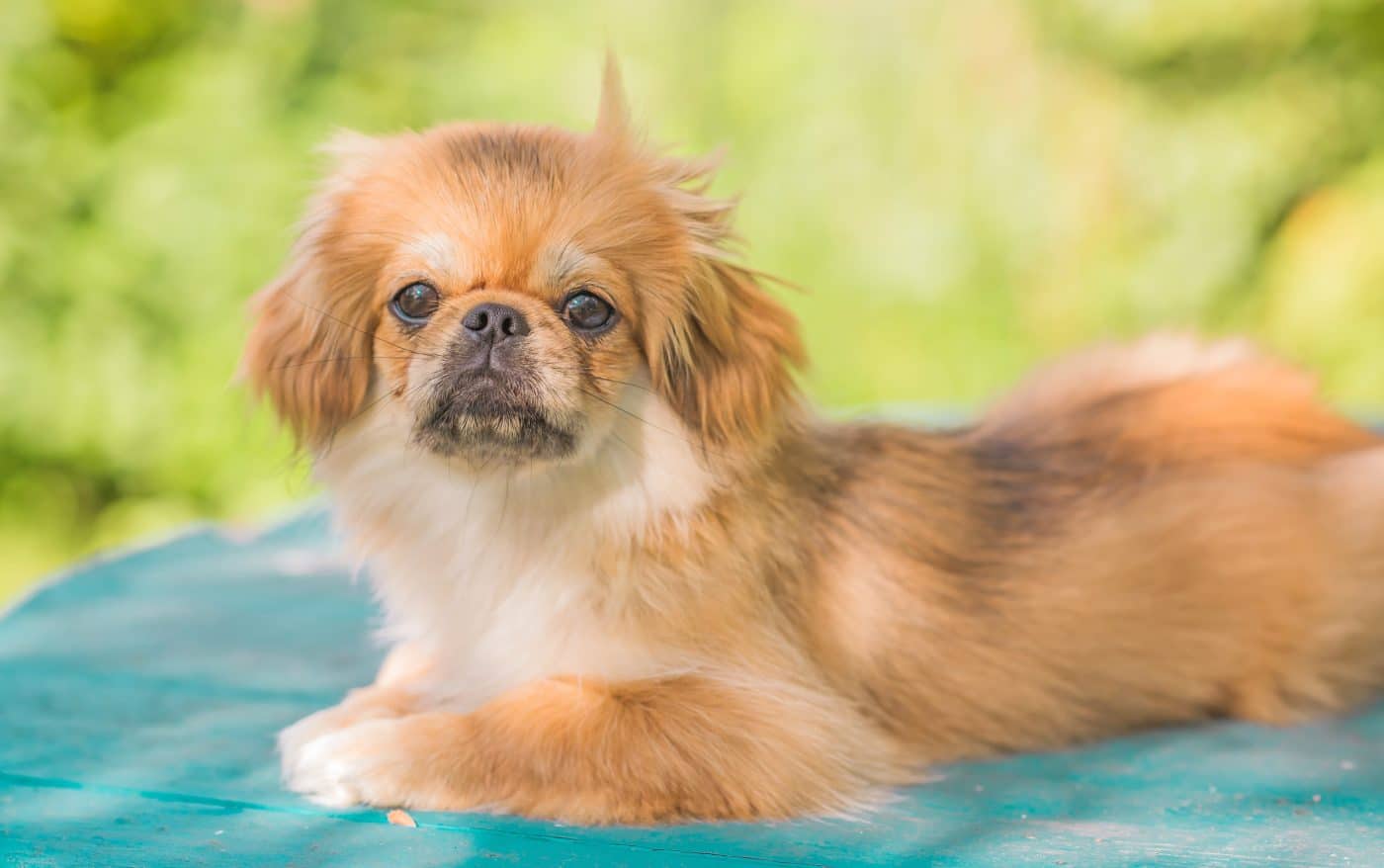 Shutterstock
Shutterstock
The Pekingese is another imperial pup from ancient China that was considered a powerful good luck charm—especially for the nobility. Legend has it that the breed was created when a lion fell in love with a marmoset and begged the gods to make him smaller to marry her. The result? The Pekingese, a little lion of love and loyalty. These dogs were revered in Chinese courts and even believed to guard souls in the afterlife. It’s no wonder modern Pekingese still strut around like tiny fortune-bringing emperors.
Tibetan Spaniel
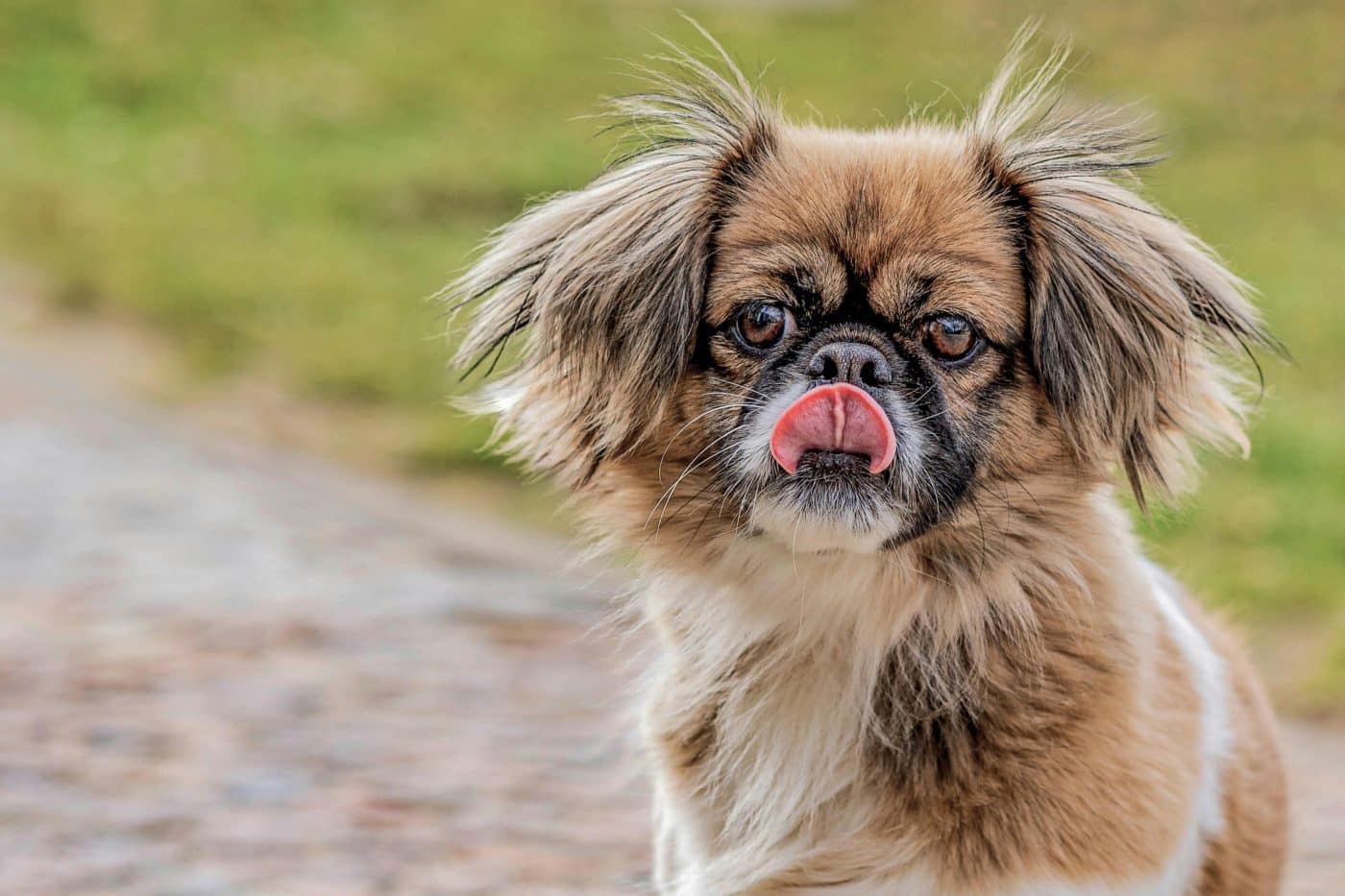 Shutterstock
Shutterstock
The Tibetan Spaniel, known as the “prayer dog,” was deeply respected by Tibetan monks who believed the breed brought spiritual protection and good fortune. Often found in monasteries, these small dogs would sit on high walls, acting as lookouts—and possibly gossiping about everyone below. Their alertness and intelligence made them ideal companions for meditation and temple life. They weren’t just pets but sacred guardians, thought to ward off evil spirits and welcome positive energy. Plus, their expressive eyes basically scream, “I see into your soul… and you’re lucky to have me.”
Japanese Chin
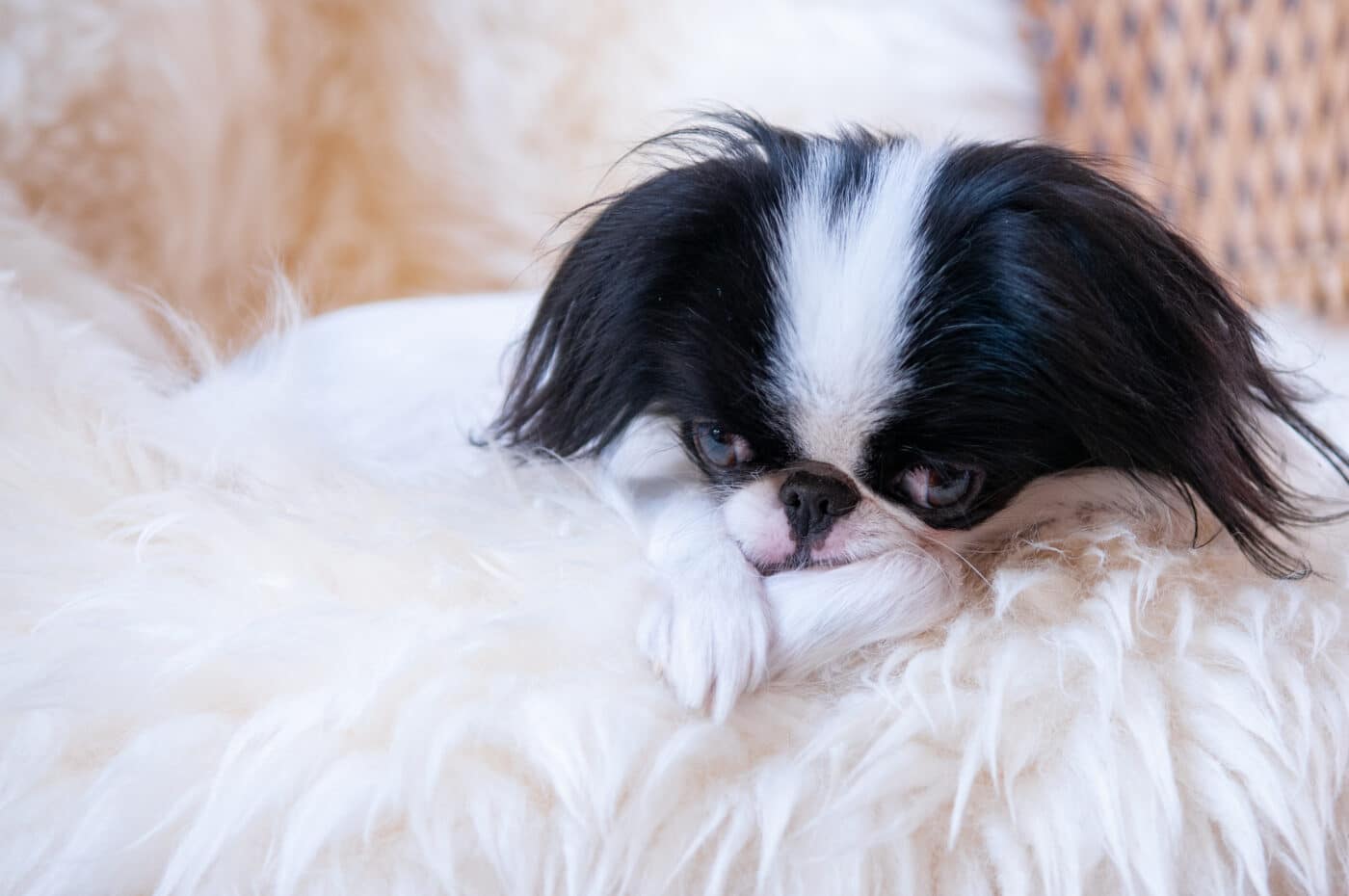 Shutterstock
Shutterstock
Revered by Japanese aristocracy, the Japanese Chin symbolized prosperity, charm, and refined luck. These dainty, graceful dogs were often gifted among the nobility and believed to bring elegance and good energy to the home. Some even believed that they could ward off bad fortune with their quirky, clown-like behaviors—because nothing chases away darkness like a dog spinning in circles for no reason. To this day, the Chin’s mysterious cat-like behavior and royal roots give it an aura of magical fortune.
Lhasa Apso
 Shutterstock
Shutterstock
Hailing from Tibet, the Lhasa Apso was believed to be a bringer of good luck and a guardian against misfortune. These dogs were entrusted with guarding monasteries and homes, not through brute strength but intuition and alertness. Their long, flowing coats and lion-like appearance added to their mystical aura. In Tibetan culture, they were so sacred that they were never sold—only gifted, often as a gesture of high honor and spiritual goodwill. If your Lhasa Apso acts like they’re doing you a favor by letting you pet them, they’re just living up to their divine legacy.
Basenji
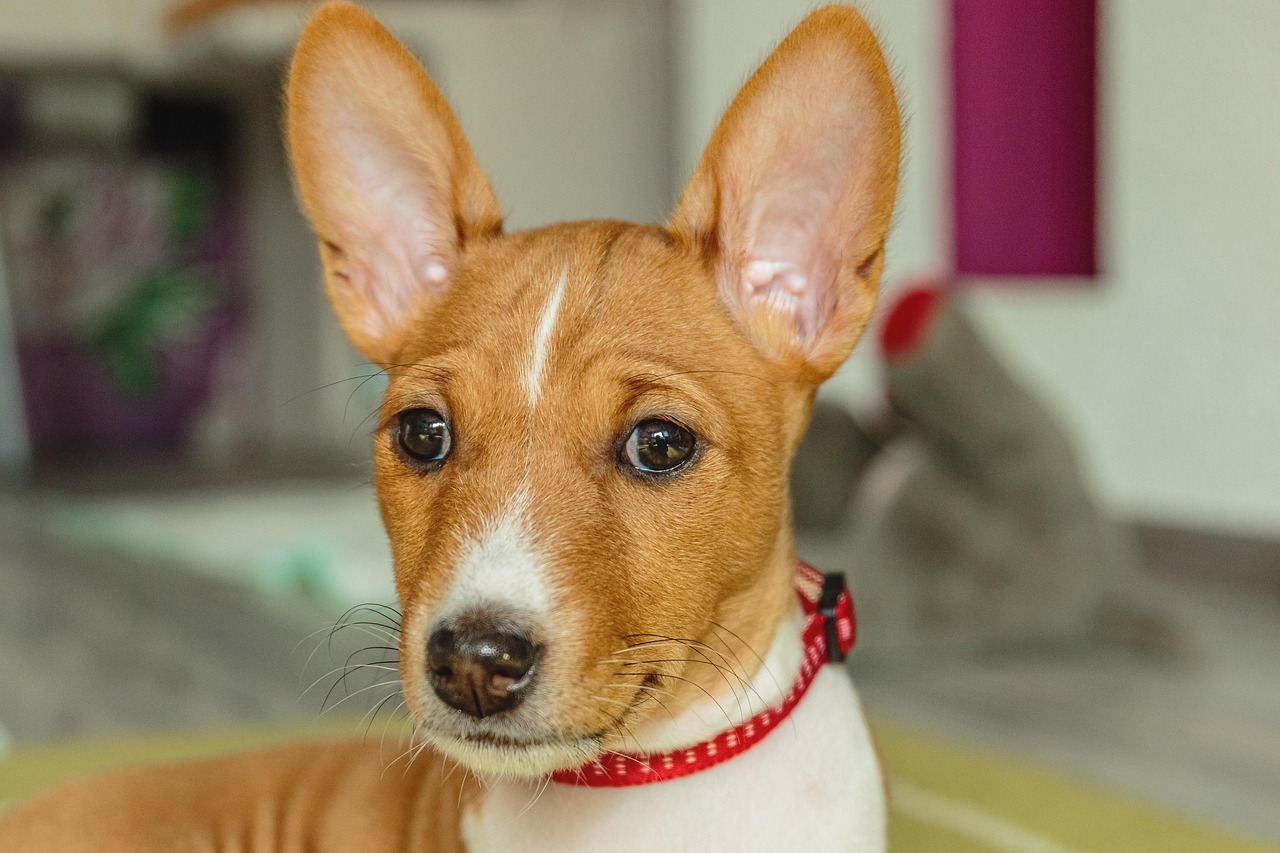 Shutterstock
Shutterstock
Known as the “barkless dog,” the Basenji hails from Central Africa and was considered a sign of prosperity and good fortune by various tribes. These agile, intelligent dogs were often gifted to pharaohs and royalty in ancient Egypt, where they were believed to possess both physical grace and spiritual significance. Their silence wasn’t just mysterious—it was seen as sacred. In some cultures, they were thought to keep evil spirits at bay and bring calm, serene energy to their owners. Their ability to yodel instead of bark adds to their alien-charm mystique.
Dalmatian
 Shutterstock
Shutterstock
In parts of Europe, particularly in regions influenced by Romani folklore, Dalmatians were thought to bring protection and good fortune to travelers. Their unique spotted coats were said to ward off evil spirits and were often associated with firehouses and guardianship. In fact, the tradition of Dalmatians as firehouse dogs began with the belief that they protected horses and brought luck during emergencies. Fast forward to today, and they’re still spotted symbols of protection (and dramatic entrances). If your Dalmatian has ever tried to rescue you from a slice of pizza, they’re just fulfilling their heroic destiny.
Saluki
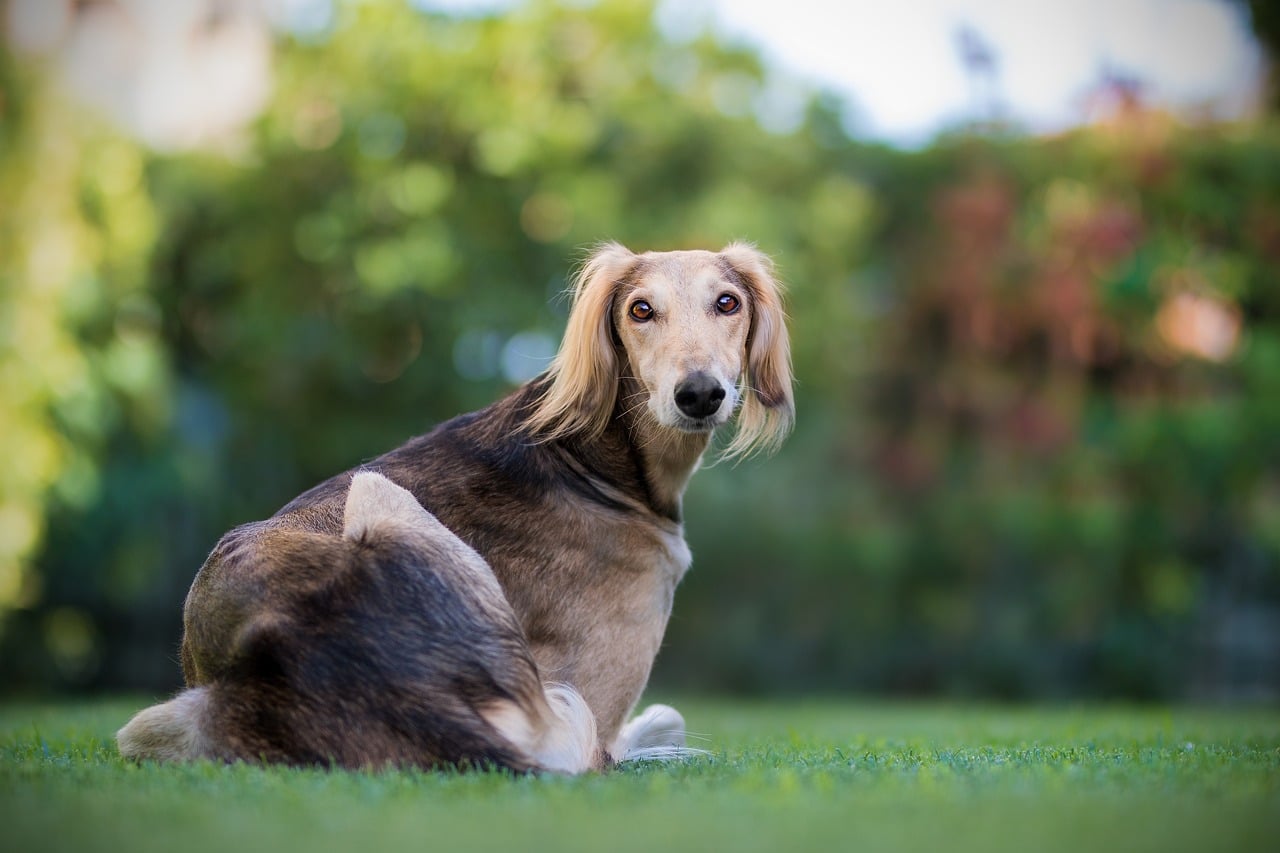 Shutterstock
Shutterstock
This ancient Egyptian breed was considered sacred and lucky enough to be mummified and buried with pharaohs. The Saluki’s graceful appearance and swift speed made them highly valued as hunting dogs and as symbols of divine favor. In pre-Islamic Arab culture, they were seen as blessed creatures, and touching one was considered an act of good luck. Their ethereal elegance gives them an aura of nobility that transcends time—plus, their legs go on for days. If a dog could be a fashion-forward fortune symbol, it would be the Saluki.
Finnish Spitz
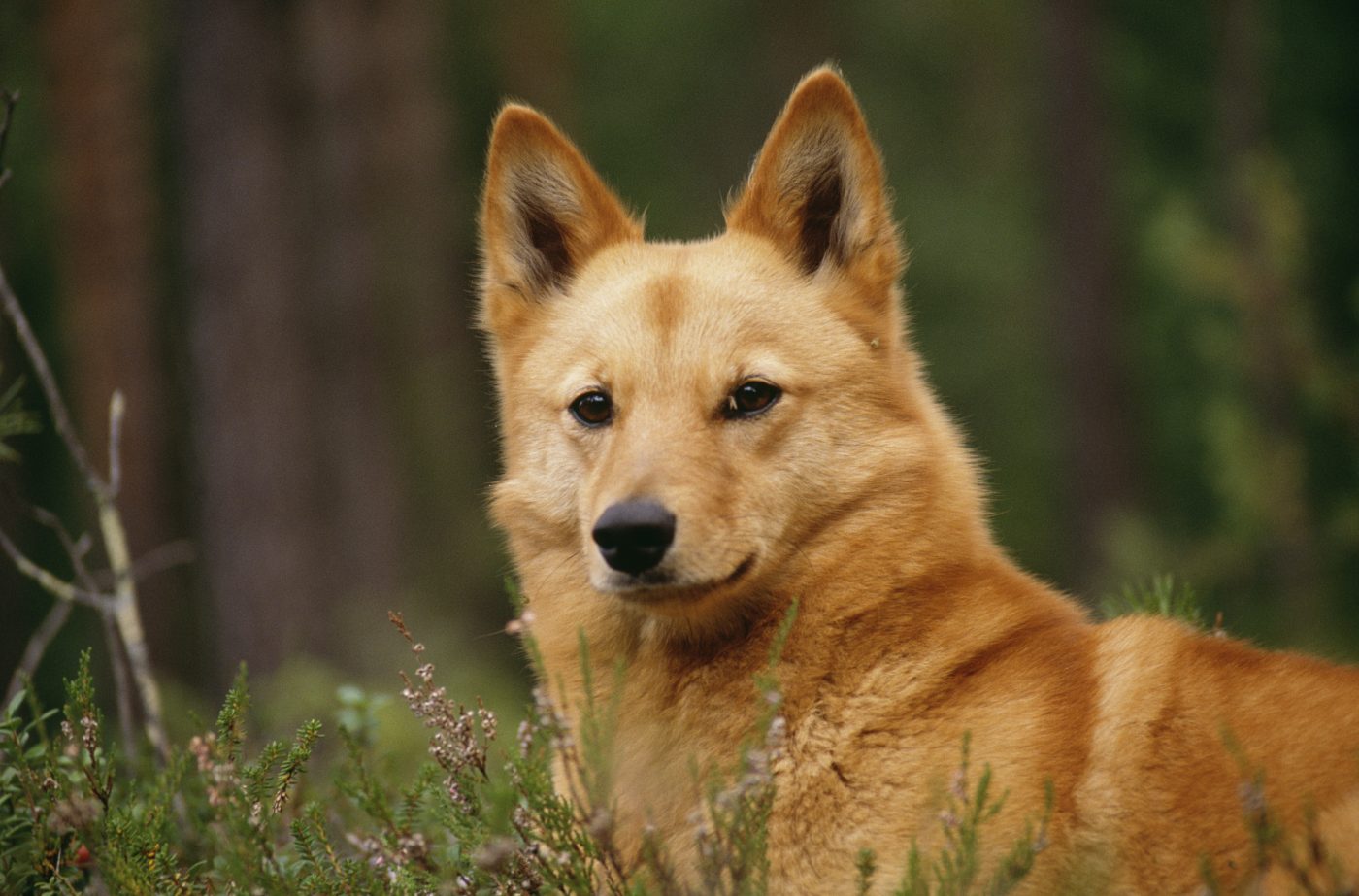 Shutterstock
Shutterstock
In Finnish folklore, the Finnish Spitz was more than just a hunting companion—it was believed to bring harmony and good fortune to households. With its fox-like appearance, cheerful bark, and upbeat personality, this breed was often associated with joy, prosperity, and protection from misfortune. Its natural tendency to alert owners to anything unusual was seen as a positive omen, keeping wild animals and bad luck at bay. In rural communities, having a Finnish Spitz was considered a sign of a well-balanced and fortunate home. Plus, with that vibrant red coat and proud stance, it definitely looks like a furry little beacon of blessings.
The Good Luck Just Got Real… And Fuzzy
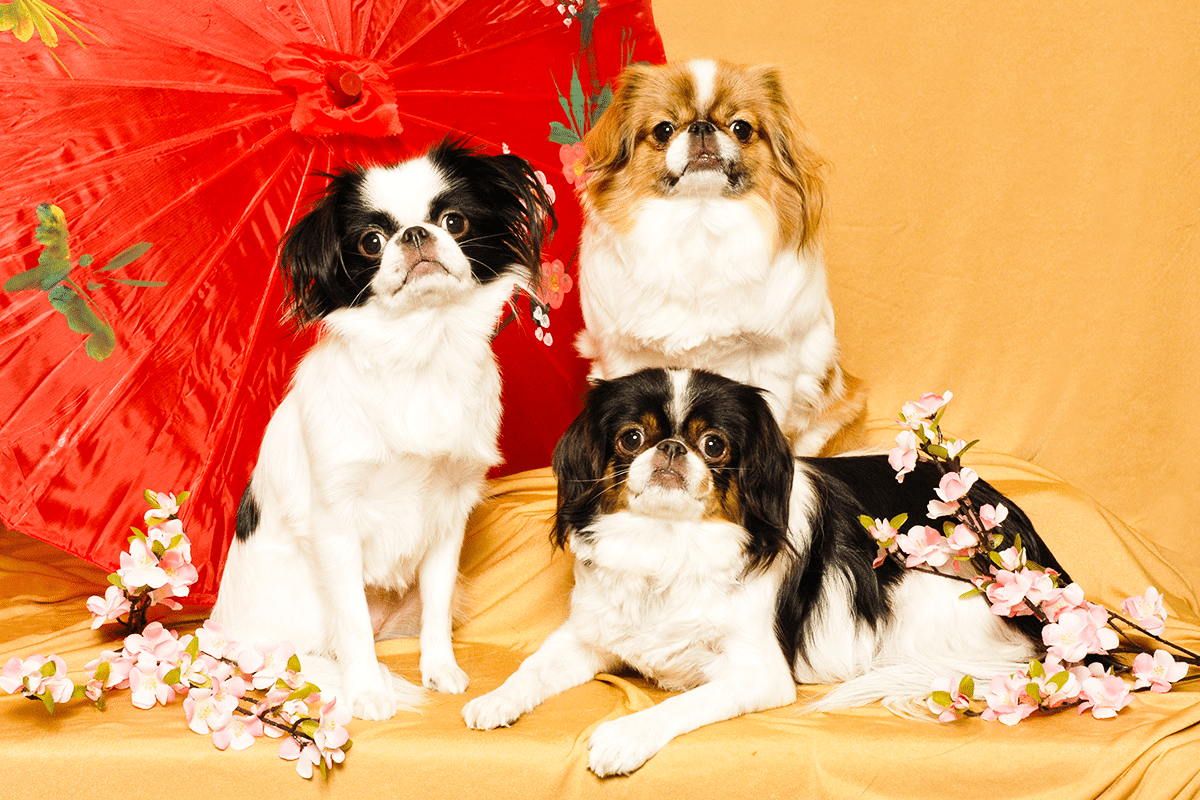 Shutterstock
Shutterstock
Next time your dog zoomies through the living room, barks at absolutely nothing, or stares into the corner like they’re communing with a ghost—don’t panic. That might not be nonsense; that could be centuries-old good fortune at work. These breeds weren’t just companions; they were spiritual sidekicks, furry talismans believed to bring luck, protect against evil, and maybe even summon prosperity with a perfectly timed head tilt. So light that incense, pet the floor, and thank your dog for being your personal four-legged blessing in disguise.
 Toledo, United States.
Toledo, United States.
